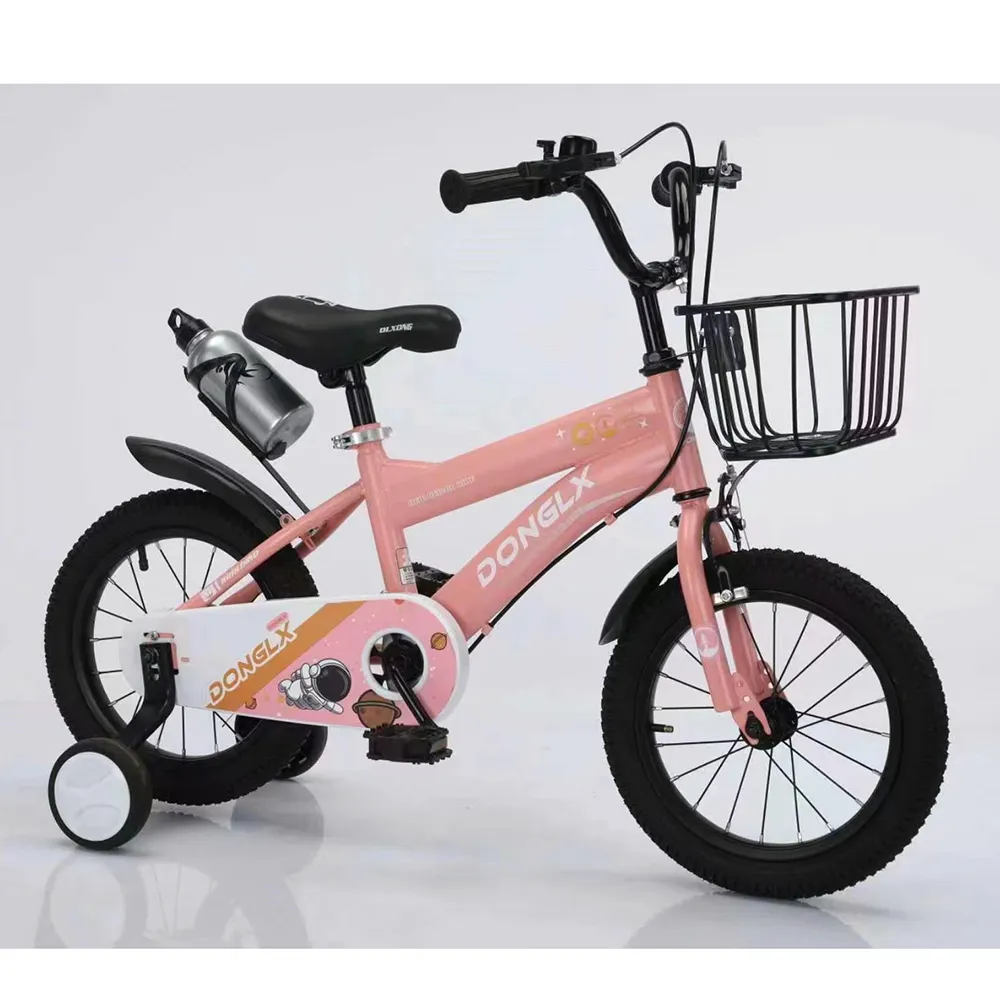Ideal Balance Bike for Big Kids to Enhance Riding Skills
The Balance Bike A Big Step for Kids
In today's fast-paced world, fostering physical activity among children is more crucial than ever. Balance bikes are increasingly gaining popularity as an excellent tool for young children, particularly big kids, to develop essential motor skills, balance, and confidence in their riding abilities. Unlike traditional bicycles with training wheels, balance bikes are designed without pedals, allowing children to focus solely on balancing and steering. This simple yet effective design provides an extraordinary opportunity for kids to learn the fundamentals of cycling at their own pace.
The Importance of Balance Bikes
Balance bikes are ideal for children, especially those who may be too big for tricycles but not yet ready for standard bicycles. The unique design encourages kids to use their feet to propel themselves forward, making the learning process intuitive and less intimidating. As they gain confidence, they can lift their feet off the ground and glide. This gradual progression helps them master balance and coordination without the fear of falling, which is often a concern with traditional bike riding.
One of the most significant advantages of balance bikes is that they cater to children of various sizes and abilities. For bigger kids, who may feel self-conscious about riding smaller bikes or may not fit comfortably on them, balance bikes provide an appropriate alternative. They are designed to accommodate larger frames and ensure that children can participate in riding without discomfort.
Developing Skills through Fun
The ride on a balance bike offers more than just a means of transportation; it also serves as a powerful tool for skill development. As children navigate their surroundings on a balance bike, they enhance their spatial awareness and learn to assess their environment. This activity promotes critical thinking as children make quick decisions about speed, direction, and obstacles. Moreover, balancing on two wheels improves core strength and stability, which are vital for overall physical development.
Furthermore, the sense of accomplishment that comes with learning to ride a balance bike can significantly boost a child's self-esteem. As they achieve new milestones—such as balancing for longer durations or navigating turns—their confidence blossoms. This newfound assurance can extend beyond cycling, benefiting them in other areas of life, such as sports and social interactions.
balance bike big kid

The Social Aspect of Riding
Balance bikes also promote socialization among children. As kids ride their balance bikes in parks or playgrounds, they encounter peers, which can lead to friendships and collaborative play. Group rides can cultivate teamwork and communication skills, as children learn to ride together and respect each other's space and pace.
Parents can also engage in this bonding experience by joining their kids on rides, whether it’s in the neighborhood or during family outings. This shared activity not only strengthens familial ties but also promotes a healthy lifestyle. Additionally, seeing their parents actively participating in such fun activities instills positive habits in children.
Safety First
While balance bikes offer numerous benefits, safety should always be a priority. Parents must ensure their children wear helmets and other protective gear to minimize the risk of injuries. By setting boundaries regarding where their kids can ride and supervising them during play, caregivers can provide a safe environment that allows children to grow and learn.
Conclusion
In conclusion, balance bikes are more than just toys; they are educational tools that pave the way for young children, especially big kids, to embark on their cycling journey. By fostering essential motor skills, confidence, and social interaction, balance bikes play a pivotal role in a child's development. So, for parents looking to support their children's physical activity and skill-building, investing in a balance bike is undoubtedly a step in the right direction.
-
The Perfect Baby TricycleNewsAug.11,2025
-
Ride into Fun with Bikes for KidsNewsAug.11,2025
-
Ride into Adventure with the Perfect Kids Balance BikeNewsAug.11,2025
-
Fun and Safe Riding with the Best Childrens ScootersNewsAug.11,2025
-
Find the Perfect Childrens Bike for Your Little OneNewsAug.11,2025
-
Explore the Best Baby Tricycles for Your Little OneNewsAug.11,2025
-
Three-Wheel Light-Up Scooter Benefits for KidsNewsJul.11,2025








